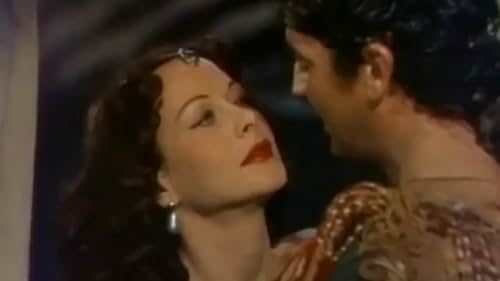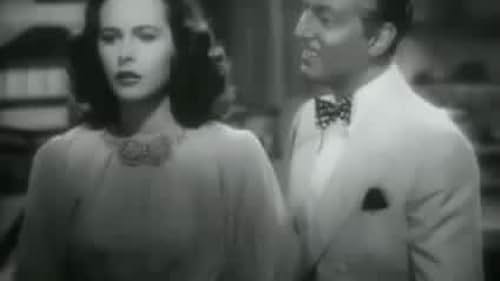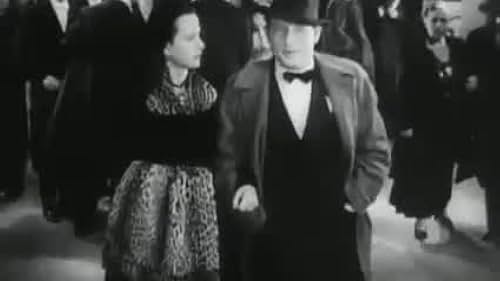Inspired by an early Philco wireless radio remote and player piano rolls, she worked with composer George Antheil (who created a symphony played by eight synchronized player pianos) she invented a frequency-hopping system for remotely controlling torpedoes during World War II. (The frequency hopping concept appeared as early as 1903 in a U.S. Patent by Nikola Tesla). The invention was examined superficially and filed away. At the time, Allied torpedoes, as well as those of the Axis powers, were unguided. Input for depth, speed, and direction were made moments before launch but once leaving the submarine the torpedo received no further input. In 1959 it was developed for controlling drones that would later be used in Viet Nam. Frequency hopping radio became a Navy standard by 1960. Due to the expiration of the patent and Lamarr's unawareness of time limits for filing claims, she was never compensated. Her invention is used today for WiFi, Bluetooth, and even top secret military defense satellites. While the current estimate of the value of the invention is approximately $30 billion, during her final years she was getting by on SAG and social security checks totaling only $300 a month.

































